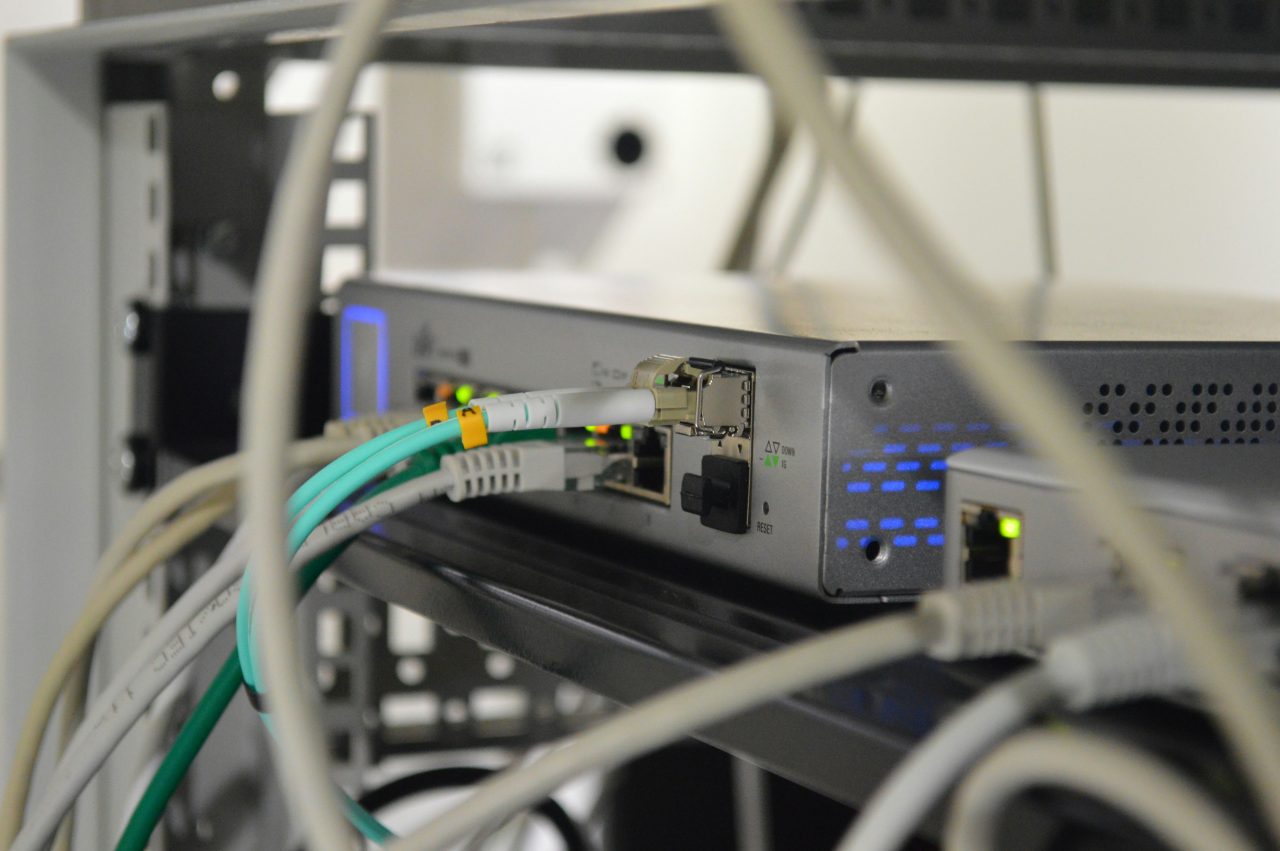In the ever-evolving landscape of networking technologies, the demand for higher data transfer speeds and increased bandwidth has led to the development of 10 Gigabit Ethernet (10GbE) standards. These standards play a crucial role in defining the specifications and capabilities of network infrastructure, facilitating faster and more efficient communication across various industries. In this blog post, we’ll delve into the standards governing 10GbE, exploring their significance, key features, and advancements in the realm of high-speed networking.
Evolution of Ethernet Standards
Ethernet, initially standardized by the Institute of Electrical and Electronics Engineers (IEEE) as IEEE 802.3, has witnessed several iterations and advancements over the years. The transition from traditional Ethernet to faster variants like Fast Ethernet (100 Mbps) and Gigabit Ethernet (1 Gbps) paved the way for 10GbE, which offers ten times the speed of Gigabit Ethernet.
IEEE 802.3ae Standard
The IEEE 802.3ae standard, ratified in 2002, marked the formal introduction of 10GbE into the networking arena. This standard defined the physical layer and media access control (MAC) layer specifications for 10GbE, including the use of optical fiber and copper cabling for high-speed data transmission.
Physical Layer Options
10GbE supports multiple physical layer options to cater to diverse networking requirements:
10GBASE-SR: Short-Reach Optical Fiber (850 nm wavelength) suitable for intra-building and short-distance inter-building connections.
10GBASE-LR: Long-Reach Optical Fiber (1310 nm wavelength) designed for longer-distance connections spanning several kilometers.
10GBASE-CX4: Copper cabling (InfiniBand) option for short-range connections within a rack or adjacent racks.
10GBASE-T: Twisted Pair Copper Cabling (Cat 6A or Cat 7) supporting 10 Gbps over standard Ethernet cabling, with backward compatibility to lower speeds.
MAC Layer Enhancements
The IEEE 802.3ae standard introduced enhancements to the MAC layer to accommodate the increased data rates of 10GbE. These enhancements include improved frame formats, higher throughput capabilities, and support for advanced features such as jumbo frames and VLAN tagging.
IEEE 802.3an Standard (10GBASE-T)
In parallel with optical fiber-based solutions, the IEEE developed the 802.3an standard specifically for 10GBASE-T, enabling 10 Gbps speeds over twisted pair copper cabling. This standard revolutionized high-speed networking by leveraging existing Ethernet infrastructure, making 10GbE more accessible and cost-effective for a broader range of applications.
Advancements in 10GbE Standards
Over time, subsequent revisions and advancements have further refined 10GbE standards, enhancing performance, scalability, and compatibility:
IEEE 802.3ap: Introduced in 2007, this standard focused on backplane Ethernet applications, optimizing communication within high-speed computing systems and data centers.
IEEE 802.3an-2006: An amendment to the 802.3an standard, providing additional specifications and clarifications for 10GBASE-T implementations.
IEEE 802.3ae-2008: Revision of the original 802.3ae standard, addressing interoperability issues and refining technical details for seamless deployment of 10GbE solutions.
IEEE 802.3an-2016: Updated version of the 10GBASE-T standard, incorporating improvements in power efficiency, noise immunity, and support for emerging Ethernet technologies.
Applications and Benefits
The adoption of 10GbE standards has revolutionized networking across various industries:
Data Centers: High-speed connectivity between servers, storage systems, and networking infrastructure, improving data transfer rates and reducing latency.
Enterprise Networks: Scalable and high-performance networking for large-scale enterprises, supporting bandwidth-intensive applications and multimedia content delivery.
Telecommunications: Enhanced backbone networks and interconnectivity for telecommunications providers, ensuring reliable and high-speed data transmission.
Cloud Computing: Backbone infrastructure for cloud data centers, enabling efficient virtualization, workload management, and resource allocation.
Future Trends and Developments
As technology continues to evolve, 10GbE standards will undergo further enhancements and adaptations to meet the growing demands of modern networking:
Higher Speeds: Exploration of standards beyond 10 Gbps, including 25GbE, 40GbE, and 100GbE, to accommodate bandwidth-intensive applications and emerging technologies.
Efficiency Improvements: Focus on power efficiency, reduced latency, and optimized protocols to enhance overall network performance while minimizing operational costs.
Integration with SDN and AI: Integration of Software-Defined Networking (SDN) principles and Artificial Intelligence (AI) algorithms to create intelligent, agile, and automated network infrastructures.
In conclusion, standards for 10GbE play a pivotal role in shaping the modern networking landscape, offering scalable, high-performance solutions for diverse applications. As technology advances and networking requirements evolve, continuous innovation and adherence to standardized protocols will drive the future growth and sustainability of high-speed Ethernet networks.
Contact Linden Photonics to get a quote or Call Us at (978) 392-7985

